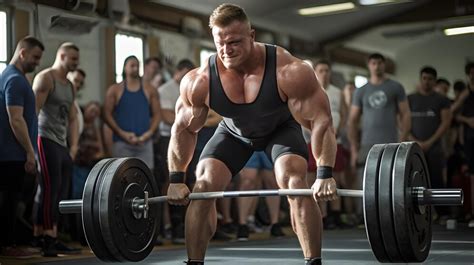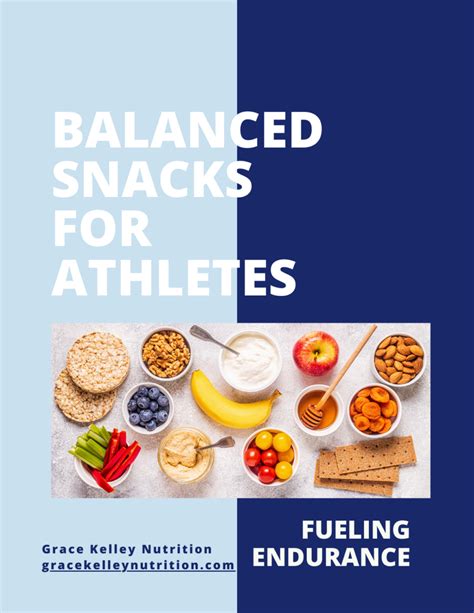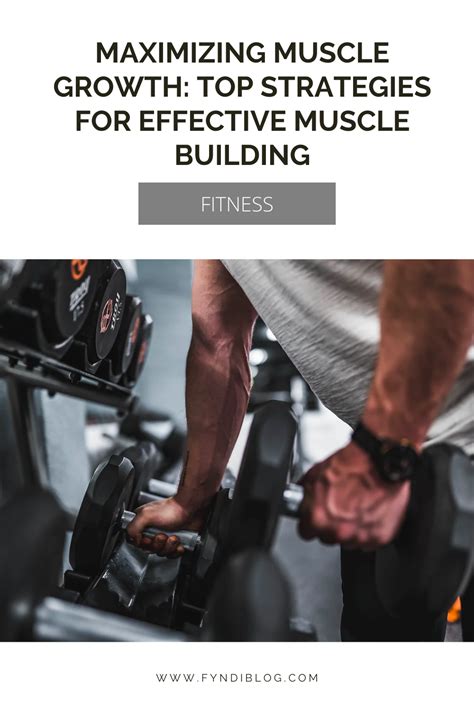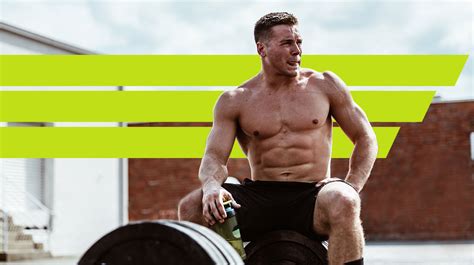How to boost squat/deadlift numbers for peak power & performance?

Squats and deadlifts are fundamental movements that build unparalleled strength, power, and overall athleticism. Whether you’re a powerlifter, an athlete, or simply looking to get stronger, improving your numbers in these lifts can translate to significant gains across the board. But simply lifting heavy isn’t enough; a strategic approach is essential. This guide will delve into proven methods to elevate your squat and deadlift performance.
Master the Fundamentals: Technique First
Before you even think about adding more weight, perfect your form. Incorrect technique is the fastest route to injury and plateaus. Invest time in understanding the biomechanics of each lift.
The Squat
- Stance: Find a comfortable stance that allows for depth and stability, typically shoulder-width or slightly wider, with toes slightly pointed out.
- Bracing: Inhale deeply, brace your core like you’re about to take a punch. Maintain this tension throughout the lift.
- Descent: Initiate the movement by breaking at the hips and knees simultaneously. Keep your chest up, drive your knees out, and descend to at least parallel (hips below knees).
- Ascent: Drive up powerfully through your heels and midfoot, pushing the floor away. Keep your core tight and maintain a straight bar path.
The Deadlift
- Setup: Stand with your mid-foot under the bar. Hips should be higher than knees in the starting position, shoulders slightly in front of the bar.
- Grip: Use an overhand or mixed grip, just outside your shins. Squeeze the bar tightly.
- Bracing: Take a deep breath into your belly, brace your core. Create full-body tension.
- Pull: Initiate the pull by driving your feet into the floor, lifting the bar straight up. Keep the bar close to your body throughout the entire movement. Your hips and shoulders should rise at roughly the same rate.
- Lockout: Finish the movement by driving your hips forward and squeezing your glutes. Do not hyperextend your back.

Progressive Overload & Smart Programming
Progressive overload is the cornerstone of strength training. It means continually challenging your muscles to do more than they’re accustomed to. This could be more weight, more reps, more sets, or improved technique with the same weight.
Consistency is Key
Regular training is paramount. Aim for 2-3 heavy squat and deadlift sessions per week, allowing adequate recovery between sessions for the same muscle groups. Missing workouts consistently will hinder progress.
Periodization & Cycles
Don’t just lift heavy all the time. Incorporate periodization into your training. This involves structuring your training into cycles (e.g., hypertrophy, strength, peak) where you manipulate volume, intensity, and exercise selection. For instance, spend a few weeks building volume with moderate weights, then transition to higher intensity with lower reps for strength, and finally a peaking phase for max attempts.

Strategic Accessory Lifts
While squats and deadlifts are king, accessory exercises play a vital role in addressing weaknesses, strengthening supporting muscles, and improving overall force production. Incorporate 2-3 accessory movements per major lift after your main working sets.
- For Squats: Pause squats, front squats, Bulgarian split squats, leg press, glute-ham raises.
- For Deadlifts: Romanian deadlifts (RDLs), good mornings, deficit deadlifts, rack pulls, glute-ham raises, back extensions.
Focus on movements that target your core, glutes, hamstrings, and upper back – these are crucial for both lifts.

Fueling Your Strength: Nutrition & Hydration
Your body can only perform as well as it’s fueled. Nutrition is not an accessory; it’s a fundamental pillar of strength and recovery.
- Caloric Surplus: To build muscle and strength, you typically need to consume slightly more calories than you burn.
- Protein Intake: Aim for 1.6-2.2 grams of protein per kilogram of body weight to support muscle repair and growth.
- Carbohydrates: These are your primary energy source. Ensure adequate intake, especially around your workouts, to fuel performance and replenish glycogen stores.
- Healthy Fats: Crucial for hormone production and overall health.
- Hydration: Drink plenty of water throughout the day. Dehydration can severely impact performance and recovery.

Prioritize Recovery & Sleep
Muscles don’t grow in the gym; they grow during recovery. Neglecting recovery is a surefire way to stall progress and invite overtraining or injury.
- Sleep: Aim for 7-9 hours of quality sleep per night. Sleep is when your body repairs and rebuilds.
- Active Recovery: Light cardio, stretching, foam rolling, and mobility work can aid blood flow and reduce muscle soreness.
- Stress Management: High stress levels can negatively impact recovery and performance. Find ways to manage psychological stress.
- Deload Weeks: Periodically incorporate deload weeks (reduced intensity and/or volume) to allow your body to fully recover and prevent burnout.

Conclusion
Boosting your squat and deadlift numbers for peak power and performance is a multi-faceted endeavor. It requires unwavering dedication to perfecting your technique, smart programming with progressive overload, strategic use of accessory exercises, meticulous attention to nutrition, and prioritizing recovery. Implement these strategies consistently, listen to your body, and you’ll be well on your way to breaking new personal records and unlocking your true strength potential.









